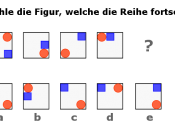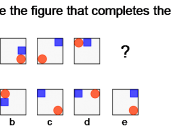Introduction:
The aim of this paper is to focus on the relationship of cognition, education and proficiency between first (L1) and second language (L2) in bilingual children. It will also evaluate the evidence related to the cognitive development, linguistic proficiency and education in bilingual children and describe this development and proficiency.
It has been acknowledged that learning a second language has a positive effect on intellectual growth. It enriches and enhances a child's mental development; it leaves students with more flexibility in thinking, greater sensitivity to language, and a better ear for listening. It also improves a child's understanding of his/her native language.
On the other hand, it gives a child the ability to communicate with people he or she would otherwise not have the chance to know. It opens the door to other cultures and helps a child understand and appreciate people from other countries and gives a student a head start in language requirements for later school years.
In the first article, the writer, Jim Cummins, argues that the cognitive factor has a central role in the speed and success with which the language is acquired. He also states that other individual factors, such as motivation, and conversational factors that determine the size and type of exposure to the second language, are also central to the acquisition process and interact with cognitive factors.
He further adds that the process of second-language acquisition can be clarified by differentiating between two dimensions of proficiency, namely, the attribute-based and input-based aspects of proficiency. The cognitive and personality variables are examples of attributes that influence proficiency in acquiring a second language. The input-based aspects of proficiency are related to the quality and quantity of L2 input acquired from the environment.
He further argues that the differences between the two dimensions may...


